You don’t need to have a degree in macro economics to know that algorithms, machine learning and artificial intelligence are still treated by some as a step into the unknown. It’s not just Financial Institutions, but also Regulators who are having to learn about Technology much more quickly than ever before.
Within banking the Algo Trader and the Quant Developer roles are becoming better known amongst the wider audience. And whether they work on Python, or they delve deeper into C++ or Java, the role of a trader in these modern times requires some ability to code as well.
With tons of data swirling around the global financial system, the ability to analyze, compute and model future trends in both the markets, as well as consumer sentiment, are skills that are more and more in demand in today’s capital markets. Governance has also had to adapt, bringing a whole host of new regulations across the globe to ensure that there is liquidity in the market.
It is easy to forget recent stories about traders like Stephen Perkins, who lost PVM Oil Futures almost $10 million while drunk one night. Sure, modern-day algorithm traders and their algorithms probably won’t get caught “Trading While Drunk” like in the case of Mr Perkins, but as their decision-making processes become more complex the potential risks are growing too.
In June the International Organization of Securities Commissions (IOSCO) proposed guidance including “requiring firms to have a documented internal governance framework, with clear lines of accountability” relating to how regulators should respond to the growth of AI and ML.
The IOSCO goes on further to suggest that regulators should “require firms to adequately test and monitor the algorithms to validate the results of an AI and ML technique on a continuous basis”. One can assume that systems like Kubernetes may be of use in these scenarios in the near future.
The report was objective pointing out the benefits of algorithms, stating that: “AI and ML are freeing up resources to focus on more cognitive aspects, such as strategy, portfolio selection and generating investment ideas.” Later in the report, ML is described as a compliance tool: “Monitoring staff e-mails is increasingly being performed using ML algorithms by leveraging advanced pattern recognition.” Natural Language Processing is only a step away and UBS are supposedly looking at this area of compliance already.
With algorithmic trading being responsible for over 60% of all US equity trading. The chaos of the Virus has opened up a lot of potential risk areas for regulators to keep considering. Adoption of algorithmic trading across the rest of the world is also growing, with other regulators now having to become more and more sensitive to how modern trading is undertaken.
In August, the Commodity Futures Trading Commission took severe action against Bank of Nova Scotia, leading to fines of over $125 million in total.
ENFORCEMENT NEWS: CFTC Orders The Bank of Nova Scotia to Pay $127.4 Million for Spoofing, False Statements, Compliance and Supervision Violations https://t.co/DqHgYVEVBX
— CFTC (@CFTC) August 19, 2020
“These record-setting penalties reflect not only our commitment to being tough on those who break the rules, but also the tremendous strides the agency has made in data analytics. Our ability to go through the electronic order book and look across markets has enabled the CFTC to not only spot misconduct, but also to uncover false and misleading statements,” said CFTC Chairman Heath P. Tarbert. “Over the last year, we have ushered in a new era of enforcement at the CFTC. Wrongdoers now have increasingly fewer ways to conceal their misconduct and face an even more unified front from civil and criminal authorities.”
It is not clear if algorithmic trading was at all involved in the above case, but one can only assume that there must have been touch-points related to AI in the actions of the Bank.
At around the same time as the CFTC were showing they mean business, the SEC submitted a report on Algorithmic Trading in US Capital Markets: “Research on market activity and the actions of market participants, as well as the role of algorithmic trading during the initial stages of the pandemic, is ongoing and developing.”
In the report the SEC explain how “algorithmic trading platforms can create trading disruptions; systems failures have interrupted initial public offerings; opening auctions have been delayed as a result of high volumes and unusual volatility.”
SEC staff submitted to Congress a new report on algorithmic trading and market structure in the secondary markets for equity and debt securities: https://t.co/UHjCjHvzK8
— SEC Trading and Markets (@SEC_tradingmkts) August 19, 2020
In the summary the report was rather balanced in its’ outlook: “This increase in algorithmic trading brings with it both benefits and risks to our capital markets, including new and emerging risks. This means that continued vigilance in monitoring these advances in technology and trading, and updating of systems and expertise will be necessary in order to help ensure that our capital markets remain fair, deep, and liquid.”
With Algorithmic Trading taking up such a huge percent of trading in the US, it is only a matter of time until we encounter substantial “turbulence” in this sector. Since the pandemic, there has been a surge in new retail investors appearing in the market as we covered a few weeks ago, but it’s doubtful they will make a significant impact on the current market share of algorithmic trading.
Some countries are going to even further lengths to regulate the algorithmic trading industry, turning to artificial intelligence to help detect illegal use of algorithmic trading in financial markets.
A robot to suppress "bogus traders" is in the works in South Korea https://t.co/gJ1m4ru3bS
— Bloomberg Technology (@technology) September 2, 2020
According to a source at an investment firm, South Korea is a country with a large amount of retail investors giving good liquidity to the market. South Korea also has its’ very own version of the NASDAQ, KOSDAQ, and you can see the interest of investors into a key exchange amongst the Asian Tigers.
Above all else, the question of artificial intelligence that so often comes up when discussing algorithms remains. Is the algorithm intelligent enough to outsmart the regulators, internal governance teams and its’ own creator? One of these days a financial institution somewhere will probably have to face this line of questioning.
#Washtrading #Spoofing #CFTC #BankofNovaScotia #algotrading #IOSCO #SEC #KOSDAQ #KRX #ArtificialIntelligence #UBS #algorithms
Author: Andy Samu


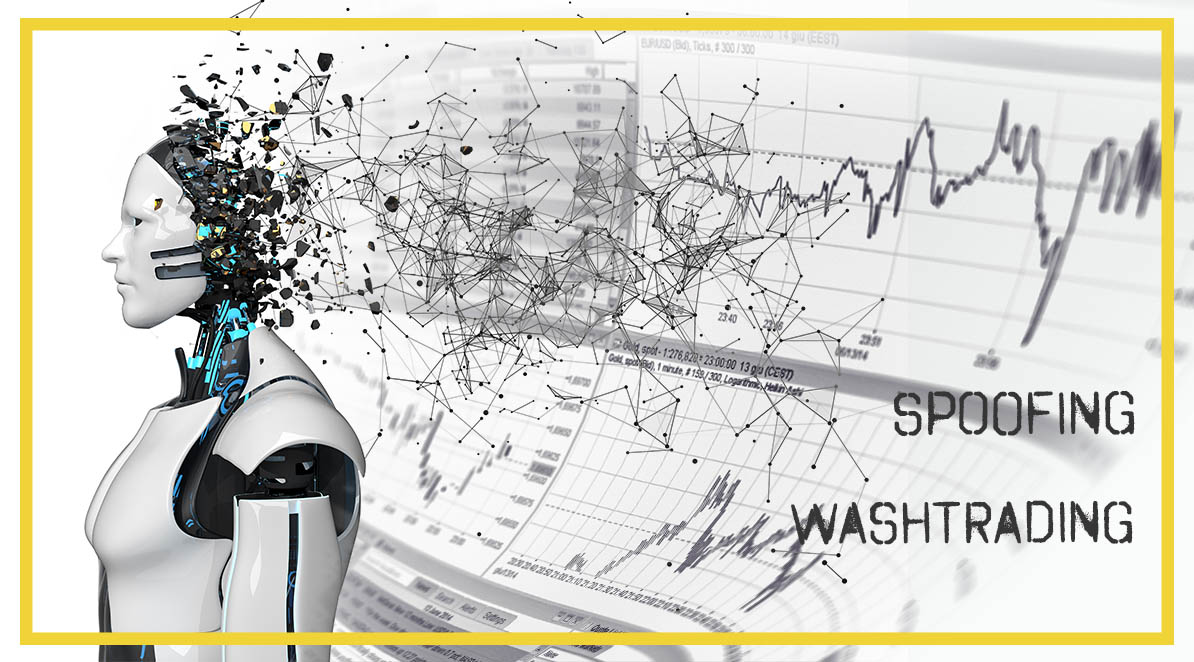
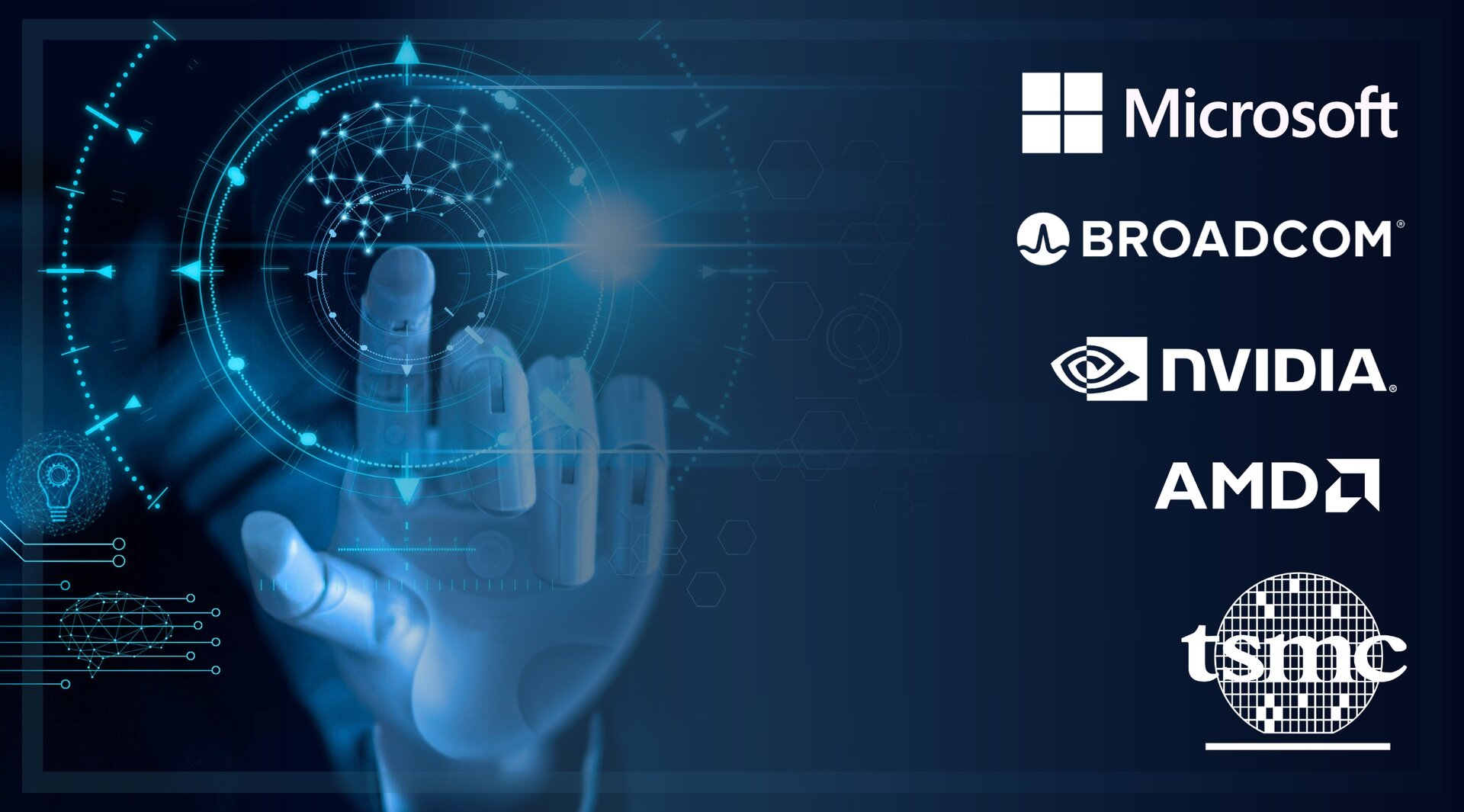
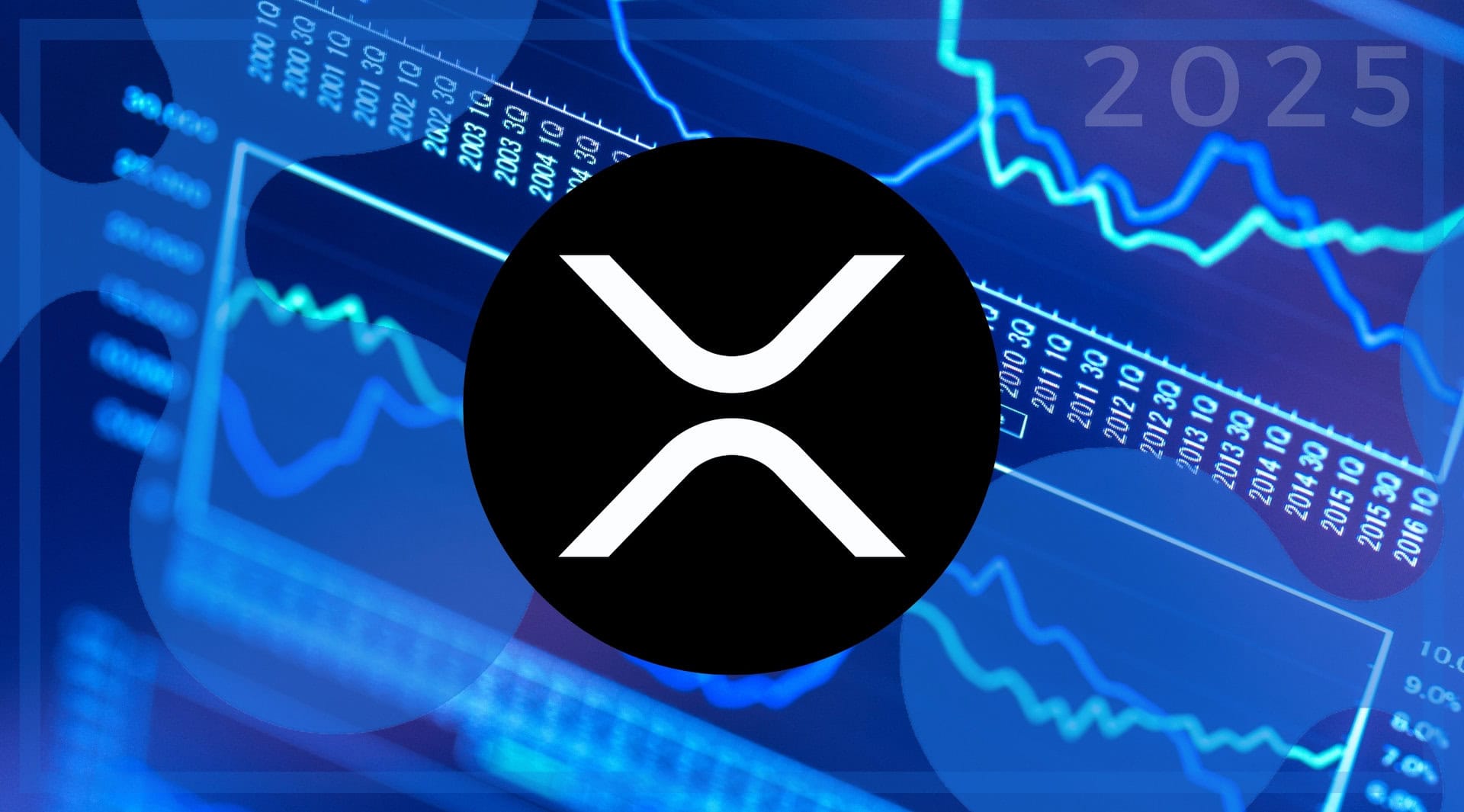




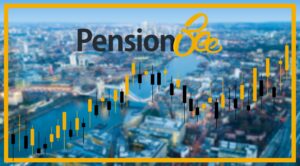
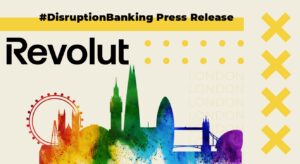

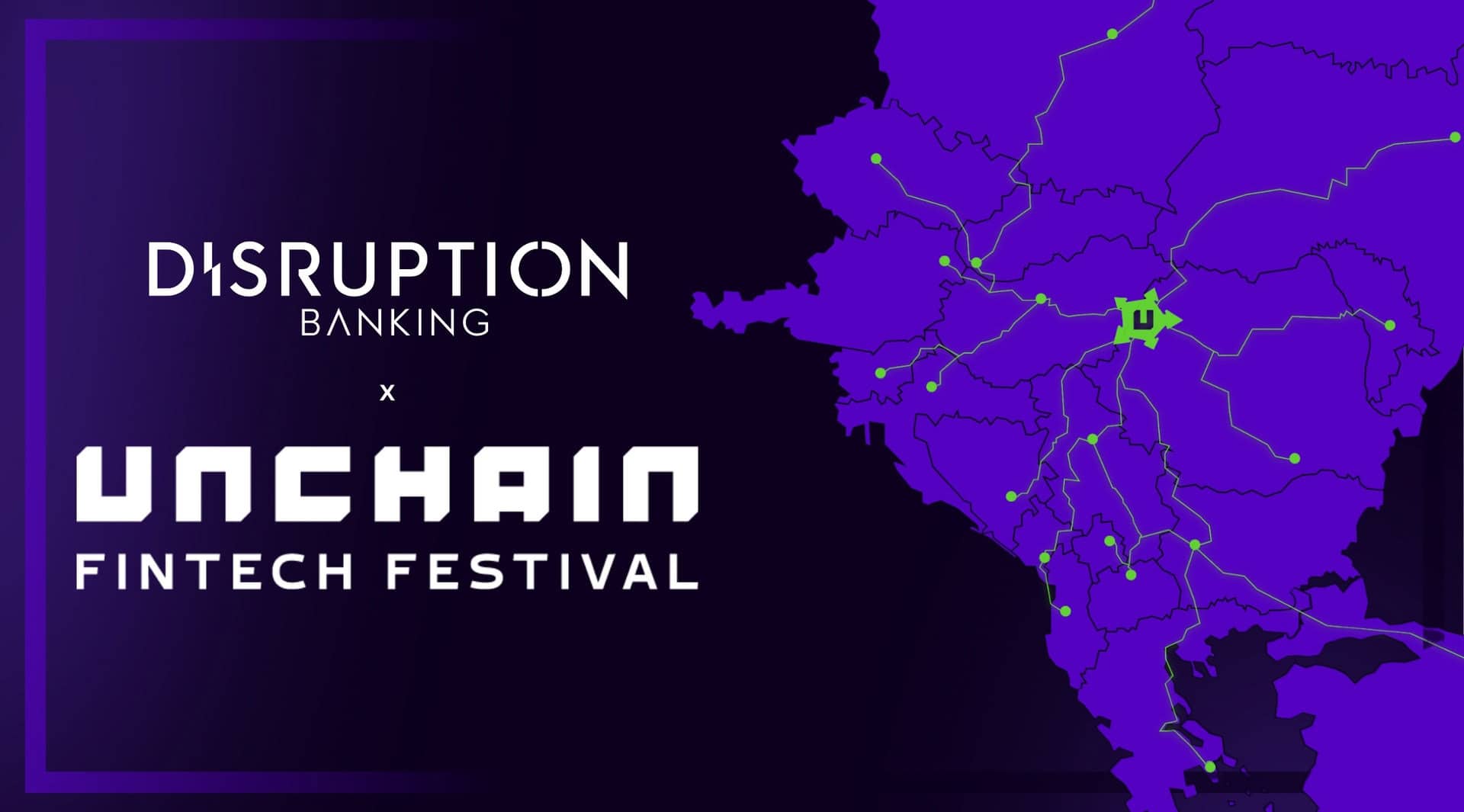
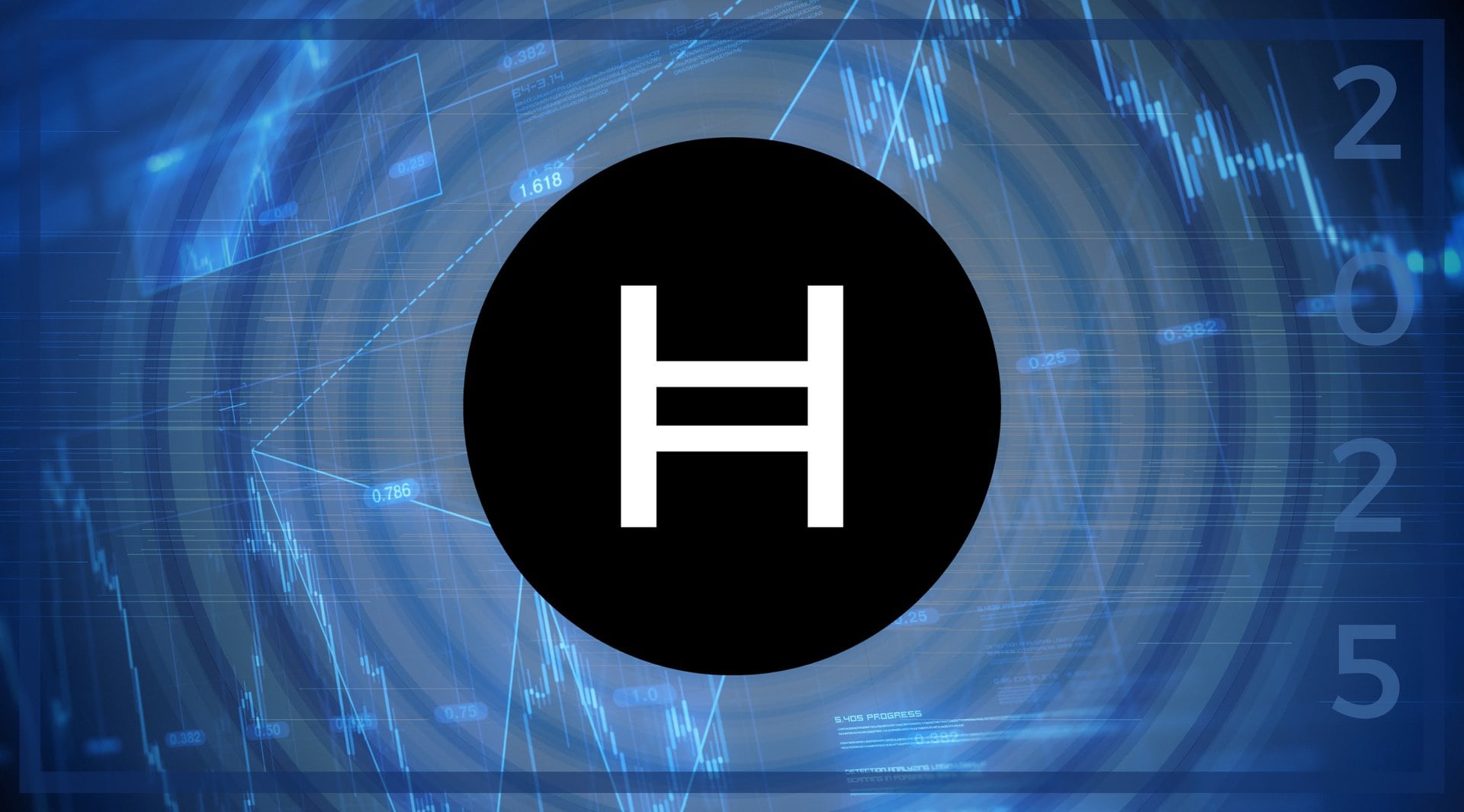
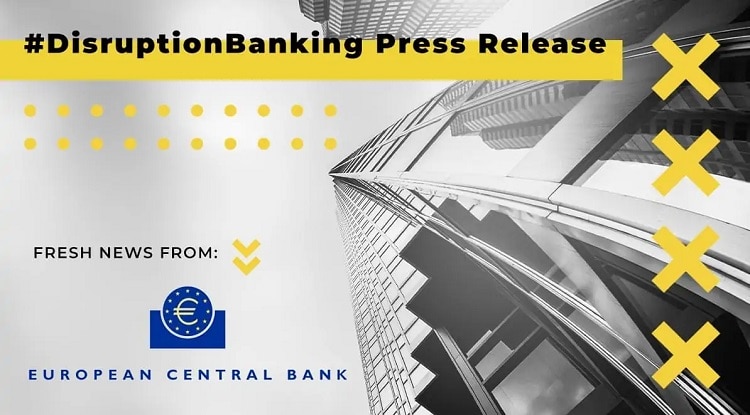

2 Responses